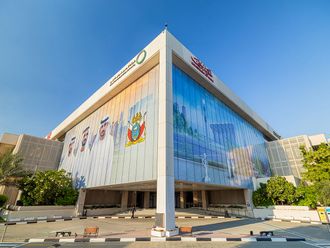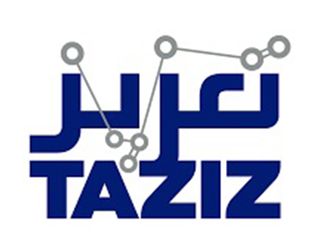New York: Crude oil may rise for a fourth year to a record average price in 2012 as demand in emerging markets increases and the United States avoids a recession. West Texas Intermediate oil on the New York Mercantile Exchange will reach an average of $100 (Dh367) a barrel in 2012, based on the median of 27 analyst estimates compiled by Bloomberg, topping the all-time high of $99.75 set in 2008.
The US benchmark is on course to average $95 a barrel this year. Evidence that stimulus measures are reviving the US economy while countries from India to Brazil keep expanding is raising the outlook for oil consumption next year. Global demand will climb 1.4 per cent, with China accounting for more than a 10th of the amount used, according to the International Energy Agency (IEA.)
Crude in New York advanced eight per cent in the year through Thursday.
"High prices come from very well-supported fundamentals," said Mike Wittner, the head of oil-market research at Societe Generale in New York. "Supplies are very tight, at five-year lows in the world's leading economies," said Wittner, who projects West Texas Intermediate oil will average $103 a barrel in 2012.
Industry-held supplies in the 34 members of the Organisation for Economic Cooperation and Development (OECD) fell 1.4 per cent to 2.63 billion barrels in October, leaving them below the five-year average for a fourth month, the IEA said in a December 13 report.
Stockpiles of heating oil and diesel held in OECD countries dropped 23.1 million barrels to 538.4 million in October, a three-year low.
"We need to see prices rise to a level where we get supply and demand to balance without drawing on inventories," David Greely, head of energy research at Goldman Sachs Group in New York, said by phone on December 15.
A worsening of Europe's debt crisis or an escalation of tension between Iran and the US and its allies over the country's nuclear programme would negate present oil price projections, Wittner said.
Eurozone explosion
"Saying the market will be broadly range-bound may sound boring but there are big risks out there," said Wittner, the second-most accurate forecaster for Brent among analysts ranked by Bloomberg in the past eight quarters. "The risk of a Eurozone explosion isn't a little bearish, it's a lot bearish. The risk of an escalation of the Iranian situation isn't a little bullish, it's a lot bullish."
Iran pumped 3.56 million barrels of crude a day in November, according to a Bloomberg News survey of oil companies, producers and analysts. It trailed only Saudi Arabia among Organisation of Petroleum Exporting Countries (Opec) member countries. Crude prices more than doubled in 1979 when Shah Mohammad Reza Pahlavi was toppled, slashing the nation's oil exports.
"Iran remains the wild card," said Chip Hodge, who oversees a $9 billion natural-resource bond portfolio as senior managing director at Manulife Asset Management in Boston. "If conflict rears its ugly head, prices will surge." The European benchmark grade has advanced to a record average of $110.98 a barrel this year. It will be $109 in 2012, according to the median of 28 analyst estimates compiled by Bloomberg.
"Brent has averaged a little more than $110 a barrel this year and inventories have drawn consistently throughout the year, telling us that demand exceeds supply at $110 a barrel," Greely said.
The collapse of Libyan exports and field maintenance in the North Sea cut supply and helped increase prices this year. Libyan output rose 155,000 barrels to 500,000 a day in November, the highest level since February, the survey showed. Production had tumbled from 1.585 million barrels a day in January, the last month before an uprising against the government of Muammar Gaddafi disrupted output.












